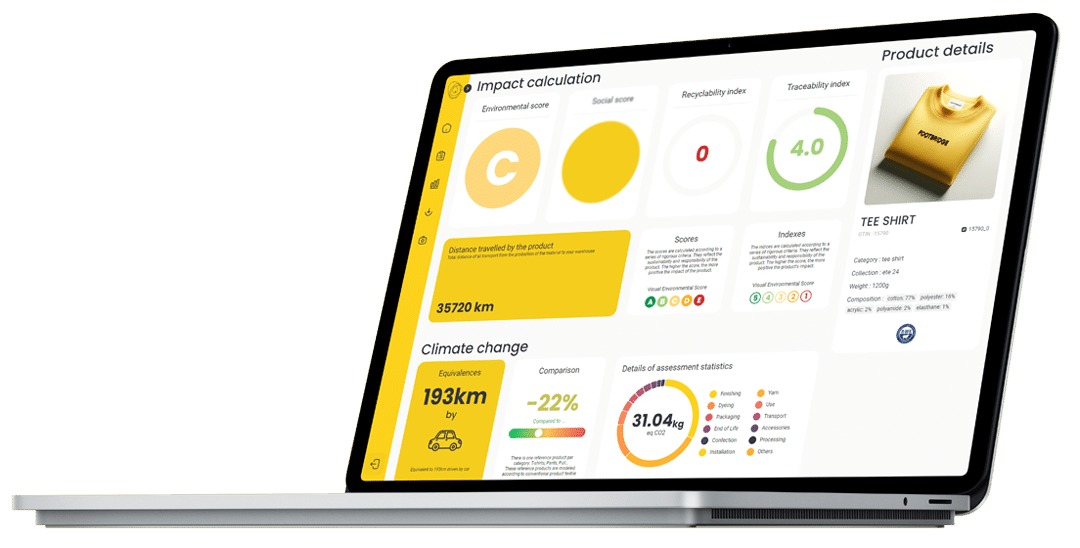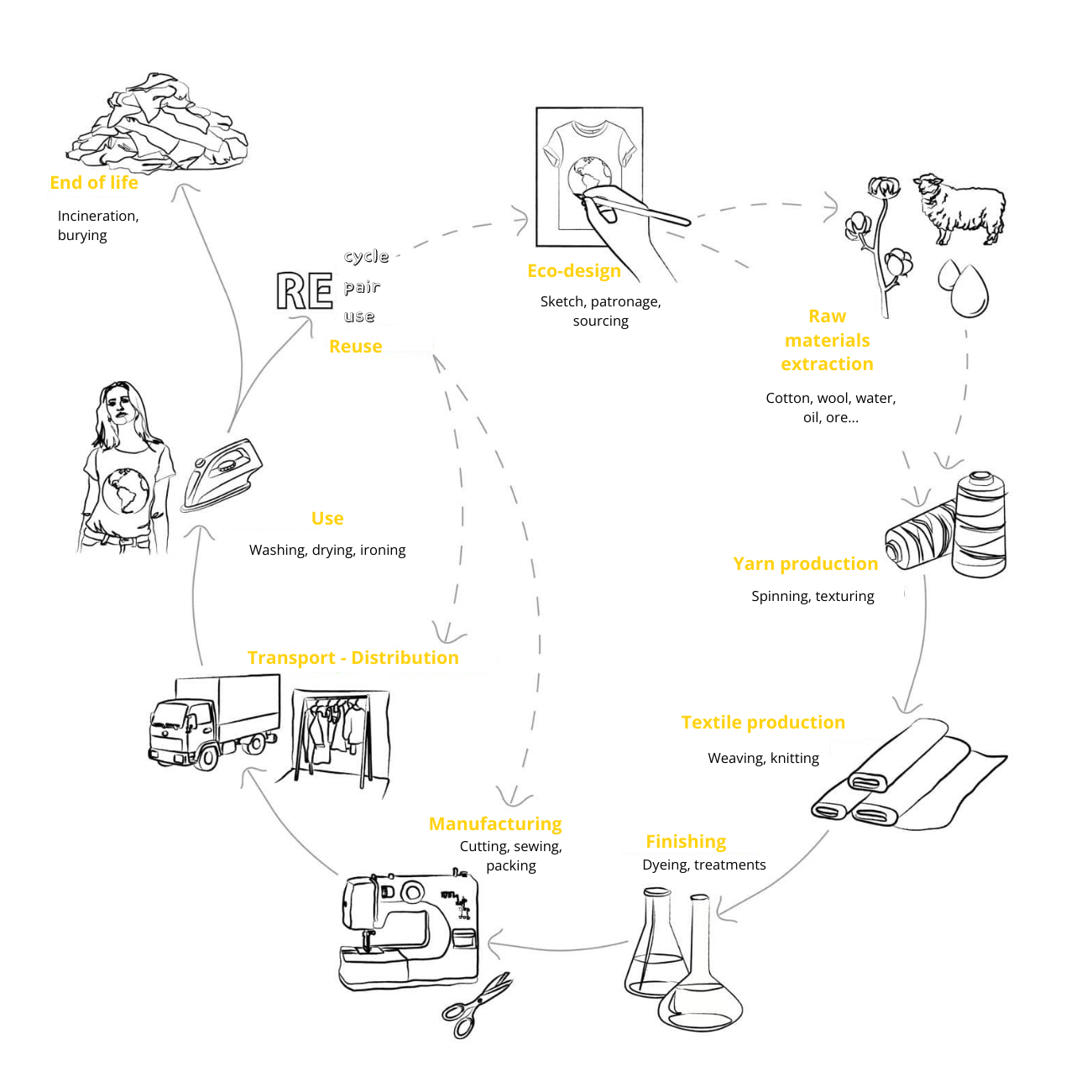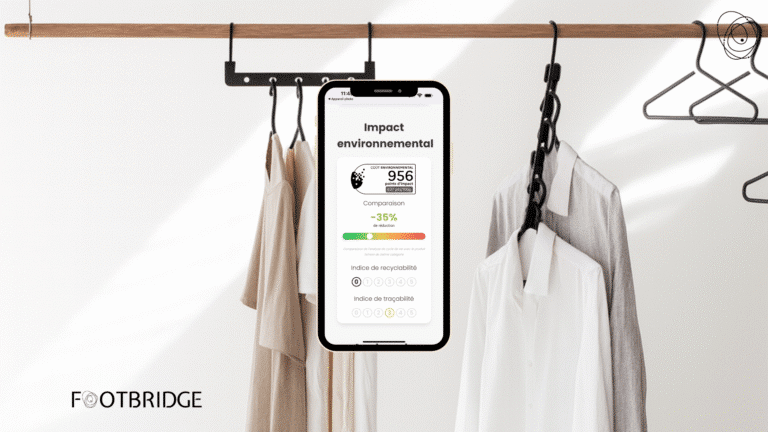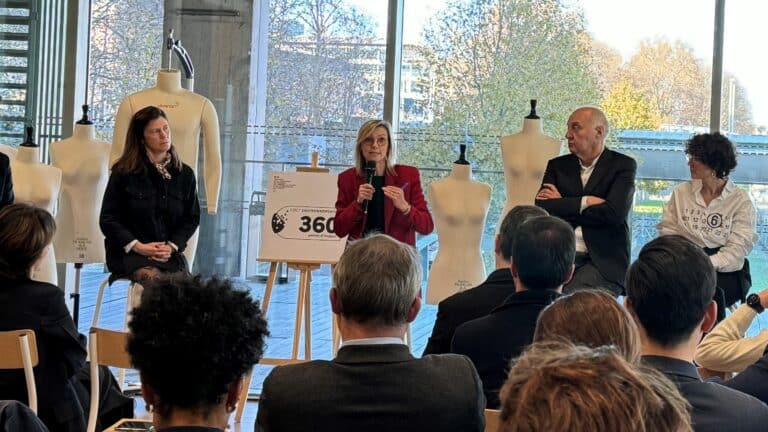In the textile industry, sustainability has become an essential criterion for companies concerned about their environmental responsibility. Life Cycle Assessment (LCA) is emerging as an essential tool for assessing the ecological impact of products, from the extraction of raw materials to their end-of-life. This rigorous process, governed by ISO 14040 and ISO 14044 standards, enables the precise quantification of the ecological footprint of textile products, an approach increasingly scrutinized by demanding consumers and regulators.
Faced with stringent regulatory requirements and an increasingly competitive global market, understanding every phase of a product’s life cycle is no longer simply an option, but a strategic necessity. This influences not only consumers’ purchasing decisions, but also companies’ sustainable development policies.
This article is designed to provide you with the knowledge you need to optimize processes and adopt a more sustainable approach, which is essential if you are to remain competitive in the fashion industry.
Sommaire
Why carry out a life cycle assessment?
Lifecycle analysis is essential for assessing environmental impacts throughout a product’s life cycle. It enables us to anticipate future regulations on environmental labelling, and to measure impacts at each phase.
This approach identifies the stages that generate the most pollution, offering targeted opportunities for improvement.
LCA (Life Cycle Assessment) is fundamental in this context, helping to reduce the ecological footprint.
This evaluative method helps companies to comply with regulatory standards on environmental impact and encourages transparency, a criterion increasingly valued by consumers regarding the environmental footprint of products.
Implementing LCA therefore enables companies to meet these requirements while making sound decisions for sustainable fashion.
What are ISO 14040 and ISO 14044?
The ISO 14040 and ISO 14044 standards are essential for product life cycle assessments. They define the principles and criteria needed to carry out a compliant LCA, ensuring a proven and universally accepted methodology.
These standards support textile industry players wishing to adopt eco-responsible practices, offering them a precise guide for examining and reducing the environmental impact of products.
The use of tools complying with these ISO standards is essential to avoid errors during LCA. It guarantees that the analyses carried out are reliable and provide a solid reference for eco-responsible decisions.
Following these standards enables textile professionals to accurately measure the carbon footprint, water resource management and other impacts linked to the production process, use and final recycling of articles.
What are the upcoming regulations linked to environmental labelling?
With the provisions of law no. 2020-105 and the CLIMAT & RESILIENCE law of 2021, the textile industry must revise its methods. These legislative texts require that the environmental impact of products, including greenhouse gas emissions, be clearly displayed to consumers.
Companies in the sector are now required to be more transparent. Integrating eco-design right from the design stage is essential to meet current and future standards. This practice ensures that every part produced complies with current regulatory requirements.
In addition, the adoption of tools aligned with ISO standards and the use of verified databases becomes essential for accurate assessment of environmental impacts. Companies have five years, under the experimental framework defined by law, to implement these assessment methods.
The aim of this approach is to actively prepare the sector to meet future obligations concerning environmental labelling. By adapting their processes immediately, brands can establish themselves as forerunners in the field of sustainable fashion.
Calculate the eco-score of your clothing
Master the environmental impacts of your designs with our dedicated platform.
Schedule a demoKey steps in cycle analysis
The analysis begins with the extraction of raw materials, such as cotton or polyester. This stage consumes a lot of water and can lead to deforestation and harmful emissions.
The next phase, production, transforms these raw materials into finished products, an energy-intensive and polluting process.
Product use also has an impact on the environment; take clothing, for example, which requires a lot of energy to clean. Finally, the end-of-life management of textile articles represents another major challenge for the fashion industry.
Understanding each of these phases is essential to implementing more sustainable practices in the textile industry.
How and why quantify impacts at each stage?
Measuring environmental impacts at each stage of the life cycle as accurately as possible enables us to compare products on an ecological basis. By examining incoming and outgoing flows, we can determine the exact impact on our environment across the entire product cycle, helping us to make greener decisions.
This meticulous method also helps companies to significantly improve their Bilan Carbone® by providing them with a precise understanding of the specific sources of emissions associated with their products (or services).
This facilitates the identification of eco-responsible solutions throughout the production chain.
The right tools for LCA
In the fashion industry, the importance of specialized tools for carrying out a life cycle assessment (LCA) is essential.
The Footbridge platform offers a complete solution for tracing the entire production chain and transparently communicating environmental impacts via a QR code accessible to consumers.
This approach is particularly valued by brands concerned with sustainability, as demonstrated by its use by GOOD FABRIC for the CONFORTWEAR range.
The importance of ISO-compliant tools
The use of reliable ISO-compliant databases, such as Ecoinvent or Agribalyse, is essential to guarantee the integrity and consistency of LCA results.
The ISO 14040-44 series of standards standardizes this method, ensuring a consistent approach. Software and databases adhering to these standards guarantee the consistency of results, providing the transparency needed when assessing the environmental impact of products or services in the textile sector.
As such, any system offering tools aligned with these standards helps companies to accurately measure the environmental impact of their offerings, pushing towards greener choices that also satisfy customers seeking more sustainable options.
Life Cycle Assessment: What exactly does an LCA identify?
LCA accurately quantifies CO2 emissions throughout a product’s life cycle, providing a global perspective on its environmental impact. It also assesses water consumption during manufacture, use and end-of-life. This helps to identify inefficiencies and consider more environmentally-friendly solutions.
In addition, this analysis measures various types of pollution, whether atmospheric, aquatic or terrestrial. This information is vital for responsible environmental management throughout the supply and production chain.
LCA helps companies to fully understand the environmental impact of their products. This understanding is essential for developing effective CSR strategies and optimizing processes to minimize their impact on the planet.
Conclusion
This Life Cycle Assessment study opens up new perspectives for textile industry professionals wishing to improve the sustainability of their products. It shows how, by following all the stages in a product’s life cycle, from raw material to final treatment as waste, we can identify where to optimize the process to minimize our environmental impact.
In this way, using LCA methods and the relevant databases, every player can quantify these impacts precisely and take informed action to reduce their effects on the climate and other natural systems, while meeting growing regulatory expectations.






